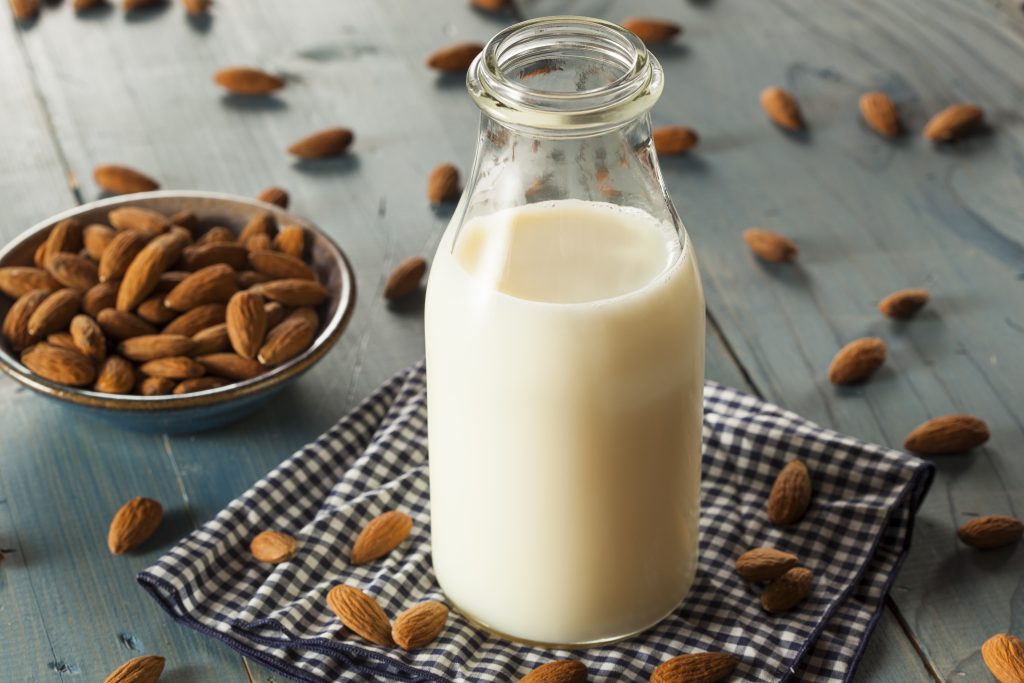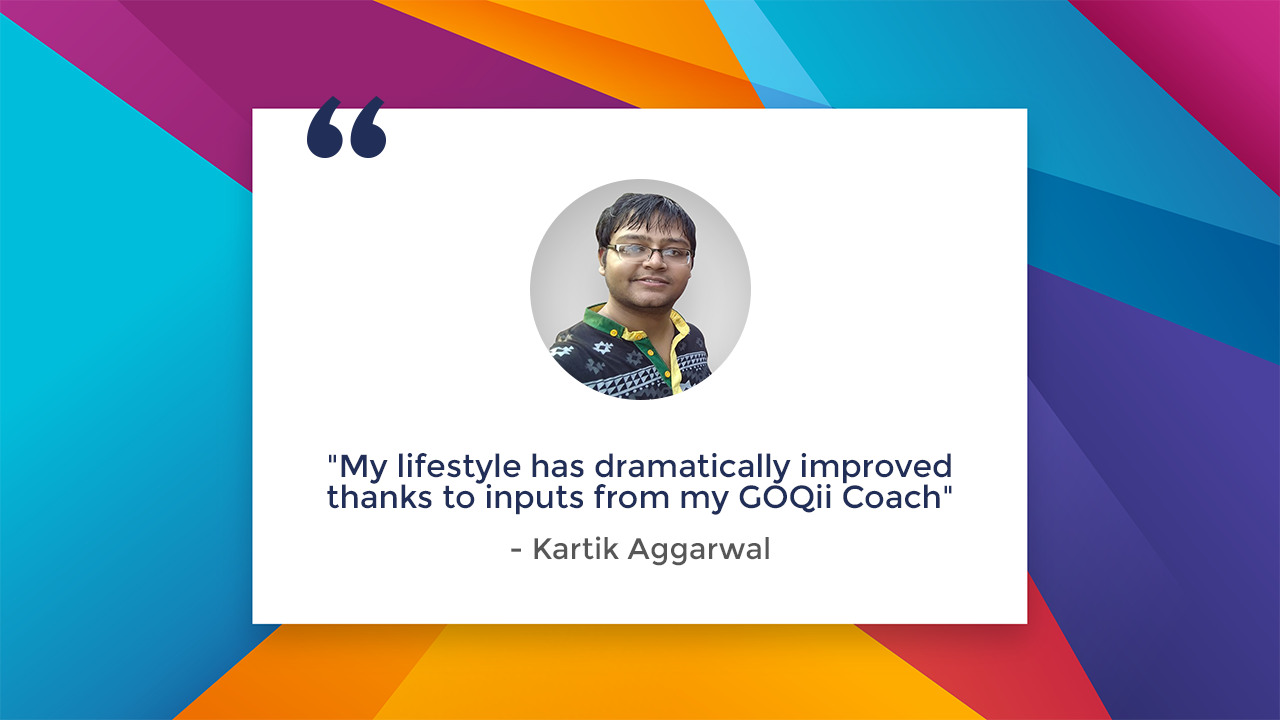
In recent months, you must have come across the term Almond Milk either in some recipes or even cooking shows. Ever wondered what it is or how it is made? Surely, it isn’t the already famous “Badam Milk” that we’re used to but something totally different from that!
Almond Milk, in its essence, is an inexpensive, healthy alternative to conventional dairy that you can easily make at home. It is great for those who cannot or choose not to drink cow’s milk. It is made by grinding almonds, mixing them with water and filtering the mixture to create a product that looks a lot like milk and has a nutty flavour.
Homemade Almond Milk Recipe
- Soak 1 cup of almonds for up to 2 days
- Drain and rinse the almonds
- Blend almonds with 2 cups of water
- Line a glass measuring cup with cheesecloth or a nut bag
- Pour the blended almonds in
- Squeeze and press to extract about 2 cups of milk
- Refrigerate and use within 2 days
Nutritional Value
Serving: 1/2 cup | Calories: 34kcal | Carbohydrates: 1.9g | Protein: 1.9g | Fat: 4g | Saturated Fat: 0.3g | Sodium: 6mg | Fiber: 1g | Sugar: 0.4g
Health Benefits of Almond Milk
Before trying any recipe, you should know the benefits it provides so we can consume it in the right portion size, at the right time and with the right meal.
Let’s have a closer look at the health benefits that almond milk provides.
- Low-Calorie Drink: How can something made from almonds, which itself is high in calories, can be low in calories? Thanks to the processing used to make it, only a small portion of almonds is present in the finished product. This makes it great for people who want to cut on calories and lose weight without compromising taste. Unsweetened almond milk contains up to 80% fewer calories than regular dairy milk. Using it as a replacement for cow’s milk could be an effective weight loss strategy.
- Low in Sugar: Homemade almond milk is low in sugar, which makes this nutty milk a guilt-free drink! Although commercially available ones might have sugar added to them, the homemade recipe above leaves the sugar content up to you. More so, since diabetics need to limit their carb intake, replacing dairy milk with almond milk may be a good way to achieve this.
- Hello Vitamin E: Not only is Almond Milk low in calories, but it is also a good way to sip in some Vitamin E, providing 37% of the daily Vitamin E requirement in just 30ml. Vitamin E is a powerful antioxidant that combats inflammation and stress in the body.
- Naturally, Lactose-Free: This is a boon for people with lactose intolerance and irritable bowel syndrome (IBS) as Almond Milk is naturally lactose-free, making it a good alternative to dairy.
- Go Dairy Free and Vegan: Whether it is religious beliefs, health and environment or a lifestyle choice, veganism is the “in trend” right now and almond milk is nothing less than a blessing to Vegans. Albeit, it is low in protein and is not suitable as a full replacement for dairy in young children.
- Recipe Rich: If you’re worried that consuming this product will be boring, you need not worry. It can be used in various recipes. Apart from a refreshing beverage, it can be used along with cereal, muesli or oats for breakfast, in tea, coffee or hot chocolate, smoothies, while baking muffins and pancakes, soups, dressing, homemade ice creams or almond yoghurt! There are plenty of options to keep you interested!
How excited are you to try this recipe at home? If you try it, do share your experience in the comments below!
#BeTheForce






